enforex_pages_landing_block_f10c6bc3-d573-4c91-ac51-dc074142a1f3
Spanish outside of Spain and the Americas
Equatoguinean Spanish
Spanish is one of the official languages of the small African country of Equatorial Guinea (interestingly Spanish is not defined as an official language in two of the countries with the largest populations of Spanish speakers, Mexico and the United States). Equatorial Guinea was a Spanish territory from 1778 to 1968. Today, although Spanish is generally not used as a first language here, it is still spoken by an estimated 87.7% of the people. This unique variety of Spanish is influenced by local native languages such as Fang. The Association of Spanish Language Academies has proposed creating an Equatorial Guinea Spanish Language Academy.
Notable Spanish language literary works by writers from Equatorial Guinea include the novels Cuando los combes luchaban (When the Kombes Fought, 1953) by Leoncio Evita Enoy, Una Lanza por el Boabí (A Spear for the Boabi) by Daniel Jones Mathama, Ekomo (1985) by María Nsué Angüe, and El reencuentro. El retorno del exiliado (The Reunion. The return of the Exiled, 1985).
Books of poetry include Voces de espuma (1987) by Ciriaco Bokesa and Sueños en mi selva (Dreams in my Forest, 1987).
Ladino
Ladino, also known as Judeo-Spanish, is listed by UNESCO as a seriously endangered language. It began to spread in 1492 when Spain’s Jewish community was expelled from the country. Exiled Jewish people from Spain settled in areas such as Holland, Morocco, England, and different parts of the Ottoman Empire, bringing 15th century Castilian Spanish with them. Local languages in those areas heavily influenced regional varieties of Ladino (particularly Turkish and Greek) in much the same way Yiddish has adopted local linguistic influences. Despite the heavy outside influences and declining numbers of speakers over the centuries, Ladino is surprisingly similar to modern Spanish. A number of efforts and projects are being made to preserve Ladino including The Maale-Adumim Institute for Ladino and the cultural magazine Aki Yerushalayim which is written entirely in Ladino.
Estimates suggest that between 160,000 to 300,000 people speak Ladino today, most of them in Israel.
Spanish Judeo writers include Sara Benveniste who published a complete anthology of her literary works in 1995 entitled Espertando el Djudeo Espanyol, and the writer Margalit Matityahu (Curtijo Quemado, 1998, Vagabondo Eternal & Bozes en la Shara, 2001).
Spanish in the Philippines
According to the Cervantes Institute of Manila, as of 2010 there were some 3 million Spanish speakers in the Philippines. An estimated 440,000 speakers have native knowledge of the language. It was an official language of the Philippines from the 16th century, throughout Spanish rule, the American administration, and all the way up to 1973 when a new constitution declared English and Filipino as official languages.
Spanish was widely spoken in the Philippines and used in media and literature in the beginning of the 20th century. The language began to decline here however when the US administration began pressuring newspapers to use English and English was adopted by school systems. Spanish language literature written by Filipinos also thrived during the first half of the 20th century. Notable Filipino writers from the period who wrote in Spanish include Francisco Alonso Liongson (he wrote El Unico Cliente, Mi mujer es Candidata, among many other plays) and poet-playwright-politician Claro Mayo Recto (Bajo los Cocoteros, Solo entre las sombras).
The Tagalog language also has an estimated 4,000 spanish words. Chavacano is a Spanish-based language spoken in parts of the southern area of the Philippines.
The radio program Filipinas Ahora Mismo is aired nationally in the Philippines in Spanish every day.
The Philippines also has an Academy of the Spanish language which is part of the Association of Spanish Language Academies.
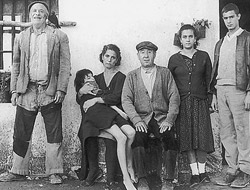
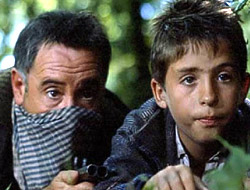
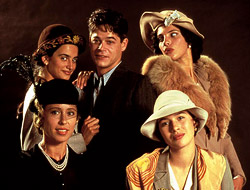
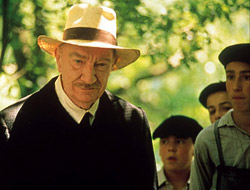
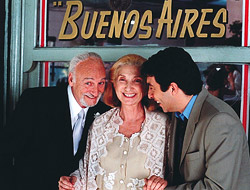
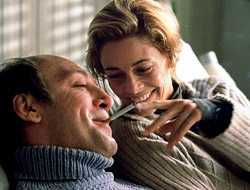
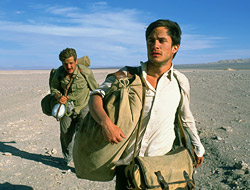


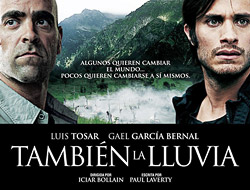
 In Spain, despite great efforts from the biggest department stores to kick off the season in November, Christmas “officially” begins on December 22nd, the day of the Lotería de Navidad (Christmas lottery) prize drawing. Holiday cheer has over time taken a much less religious tone in Spain, a phenomenon that hasn’t been seen as much in Latin America. In any case, Christmas Eve (Nochebuena in Spanish) is a night for getting together with the family for lavish dinners complete with Cava wine and Spanish holiday sweets like turron and mantecados. The 28th is el día de los inocentes (the innocents’ Day), something like a Spanish version of April Fool’s Day, when you can expect people to place unexpected pranks on you.
In Spain, despite great efforts from the biggest department stores to kick off the season in November, Christmas “officially” begins on December 22nd, the day of the Lotería de Navidad (Christmas lottery) prize drawing. Holiday cheer has over time taken a much less religious tone in Spain, a phenomenon that hasn’t been seen as much in Latin America. In any case, Christmas Eve (Nochebuena in Spanish) is a night for getting together with the family for lavish dinners complete with Cava wine and Spanish holiday sweets like turron and mantecados. The 28th is el día de los inocentes (the innocents’ Day), something like a Spanish version of April Fool’s Day, when you can expect people to place unexpected pranks on you. 2. Chile
2. Chile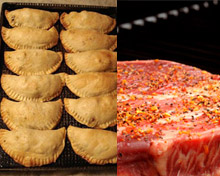 3. Argentina
3. Argentina 4. Uruguay
4. Uruguay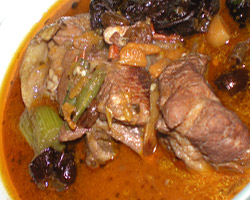 5. Bolivia
5. Bolivia 6. Dominican Republic
6. Dominican Republic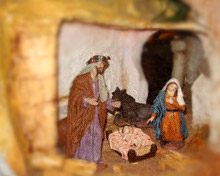 7. The Tradition of Las Posadas
7. The Tradition of Las Posadas 8. Honduras
8. Honduras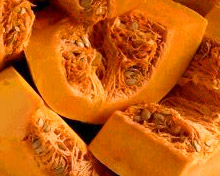 9. Paraguay
9. Paraguay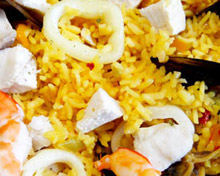 10. Nicaragua
10. Nicaragua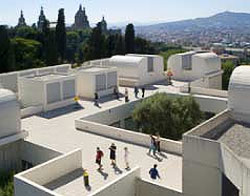 1. Fundación Joan Miró - Barcelona
1. Fundación Joan Miró - Barcelona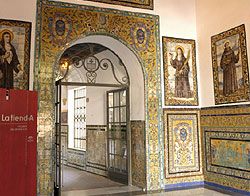 2. Museo de Bellas Artes - Seville
2. Museo de Bellas Artes - Seville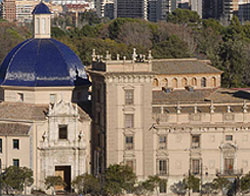 3. Museo de Bellas Artes - Valencia
3. Museo de Bellas Artes - Valencia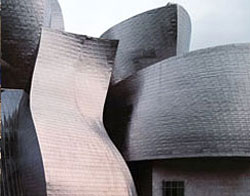 4. Museo Guggenheim - Bilbao
4. Museo Guggenheim - Bilbao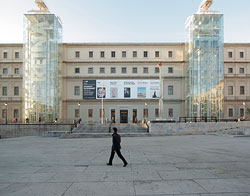 5. Museo Nacional Centro de Arte Reina Sofia (MNCARS) - Madrid
5. Museo Nacional Centro de Arte Reina Sofia (MNCARS) - Madrid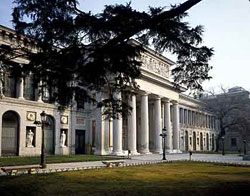 7. Museo Nacional del Prado - Madrid
7. Museo Nacional del Prado - Madrid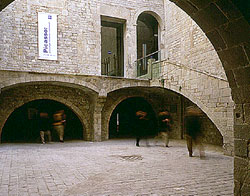 8. Museo Picasso - Barcelona
8. Museo Picasso - Barcelona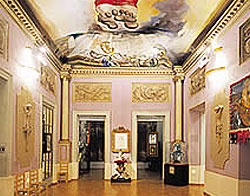 9. Teatro-Museo Dalí - Figueres
9. Teatro-Museo Dalí - Figueres 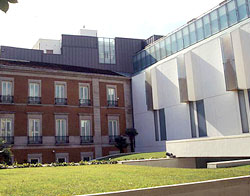 10. Thyssen-Bornemisza Museum - Madrid
10. Thyssen-Bornemisza Museum - Madrid